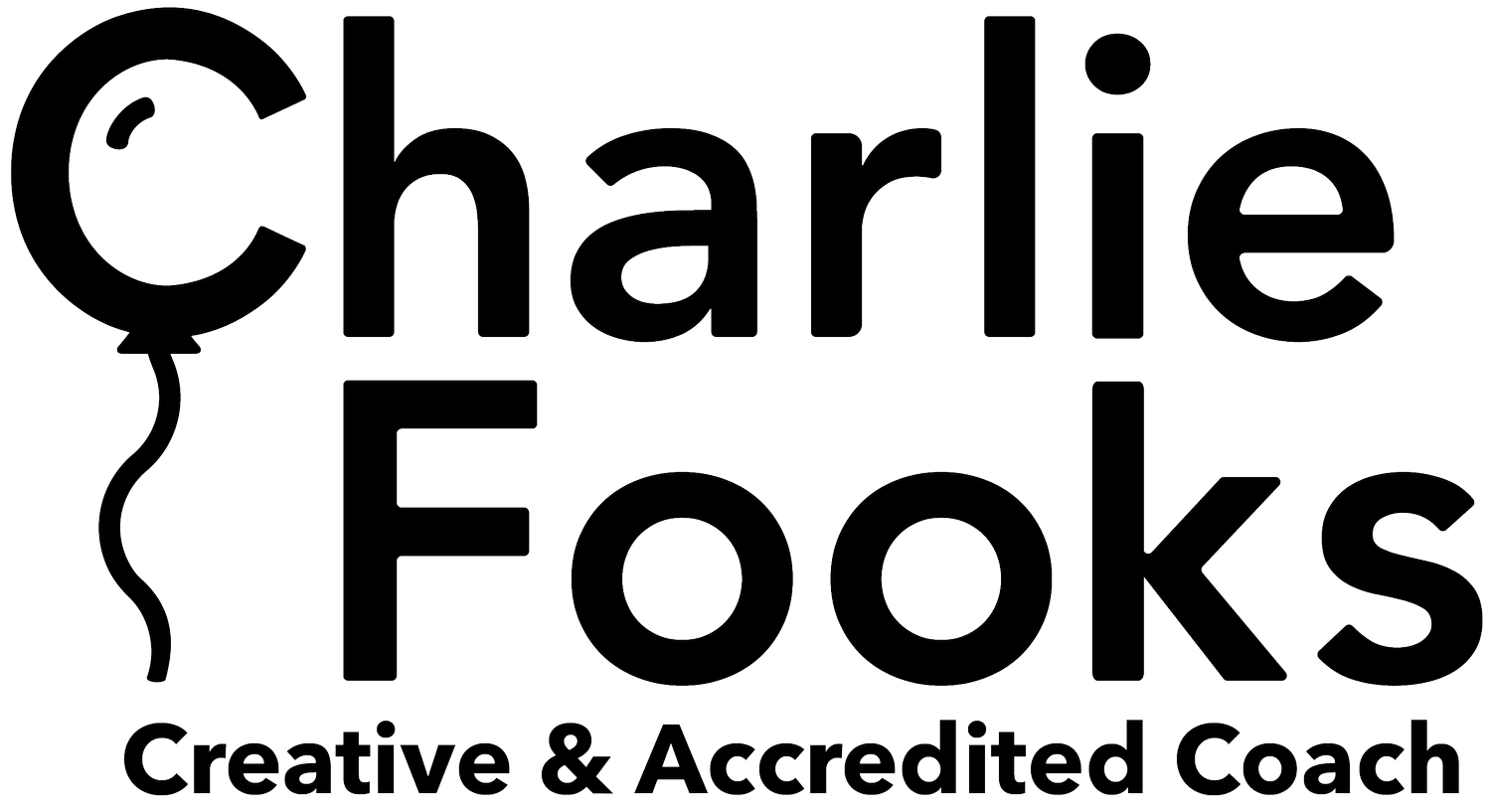Inner child PT1
Hermeneutics
Psychologically we are made of lots of different parts. Our thoughts, feels, desires and perceptions are all informed by what’s gone before, tying neatly into our present now. We reference the things that have happened to us to create our interpretation of the world. To understand ourselves properly, we need to connect the dots between all the parts which make us whole (the inner child is one of them). Hermeneutics neatly illustrates this:
Hermeneutic circle - Understanding of the whole is aided by understanding the parts, understanding of the parts is helped by understanding the whole.
Hermeneutic spiral - As the circle is repeated, understanding expands.
Schema
Schema are the lens through which we see the world ”determined by one’s self-knowledge and cultural-political background…each schema is unique and depends on an individual’s experiences and cognitive processes.” Our thoughts, feelings, behaviours, how we feel in our bodies and memories are all examples of mental schemata (plural). Collectively they make our experience of the world, our experience.
It’s our natural temperament (nature) and the experiences we have (nurture) that create them. Developed when we were kids, they are our perception of the world, what we can expect from relationships and what we can expect from ourselves.
Needs
Needs are like vitamins - if we don’t get enough of them, we become unwell. “When basic human needs go unfulfilled, the individual is at high risk for developing abusive behaviour toward self and others, creating problems in virtually all areas of life.” We all have fundamental emotional needs. If needs aren’t met when we’re little kiddy winks, we create dysfunctional schema. When they are met, it has a positive effect.
Jeffrey Young, Schema Therapy, 2003. Not definitive.
Normalise vulnerability
The inner child is a schema we build on from day one. Our ‘feeling self’ bringing “enthusiasm and energy,” it lives at the “core of our being."
We can’t choose the circumstances we’re born into and we are vulnerable as children. We make sense of the hand we’re dealt with an ‘it must be me’ mentality. For example we’ll internalise a parent not nurturing us as “it must be because I’m unlovable that my parent can’t show me love.”
As adults, we learn to soothe emotional need deficits with coping mechanisms. Coping mechanisms come out to play when we feel vulnerable. They can include anything from crying to binge eating, excess alcohol consumption, resorting to anger, taking recreational drugs, retreating into silence and more.
Society tells us coping mechanisms are problems, and that people using them have something ‘wrong’ with them. This isn’t the case. Rather than ‘what’s wrong with you?’ the question needs to be ‘what’s happened to you’?
Although todays culture places value on things like work, productivity and success, research says that in order to be truly happy and to improve wellbeing, we need to deep dive delve into what we actually really need.
We’re all born vulnerable and in that state it’s normal to feel and express sadness, loneliness, upset, distress, anxiousness etc. When we’re in touch with this, we are in touch with our inner child. The inner child is a big ‘part’ of us, and “none of us can be whole, happy adults without bringing the inner child into our lives.” Let’s go hermeneutic spiral on this ya’ll.
We need to normalise vulnerability because at the end of the day, we all inherently are. Fuck todays norm of avoiding feelings, understanding the most vulnerable part of ourselves, the inner child, is the key to successful intimate relationships, closeness with others and meaningfulness in life.
See Inner Child PT 2 for how to embrace your inner child.






